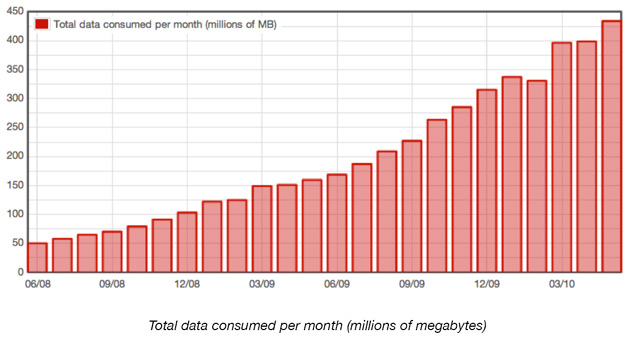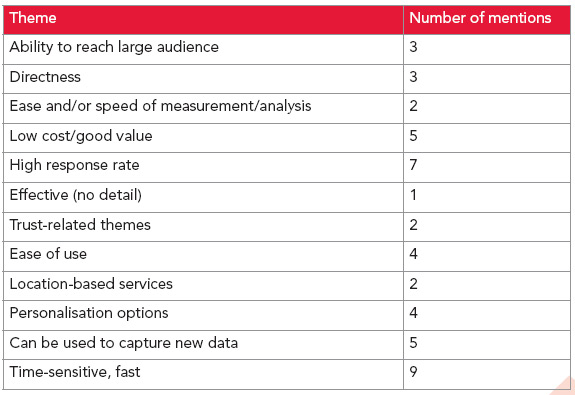The Interactive Advertising Bureau (IAB) has released a report on Internet ad revenues, which the organization says climbed to an all-time high of $17 billion in the first half of 2012. This is, in fact, a 14% year-over-year increase (compared to the previous high of $14.9 billion in the first half of 2011).
The second quarter alone also saw a 14% year-over-year increase, hitting $8.7 billion (up from $7.7 billion during the same period last year).
Here’s a look at the yearly increases for the first half of the year since 1996:

“This report establishes that marketers increasingly embrace mobile and digital video, as well as the entire panoply of interactive platforms, to reach consumers in innovative and creative ways,” said IAB President and CEO Randall Rothenberg. “These half-year figures come on the heels of a study from Harvard Business School researchers that points to the ad-supported internet ecosystem as a critical driver of the U.S. economy. Clearly, the digital marketing industry is on a positive trajectory that will propel the entire American business landscape forward.”
IAB SVP, Research, Analytics and Measurement, Sherrill Mane, added, “Solid double-digit growth in a stagnating economy is a significant accomplishment. There is evidence that CPMs are maintaining, and even increasing, further substantiating the vitality of the internet ad market.”
Mobile nearly doubled year-over-year for the first half of the year, rising 95% to $1.2 billion, compared to $636 million from the same period last year. Digital video increased 18% year-over-year, reaching over $1 billion in revenue (up from $900 million from the same period last year).
“The tremendous growth of mobile advertising revenue over the past year is an indication of the importance of location to advertisers and mobility to consumers,” said David Silverman, a partner at PwC US, which prepared the report for the IAB. “Bringing the power of the internet to mobile devices has opened up a world of possibilities to both consumers and marketers.”
Search revenues totaled $8.1 billion, up 19% from $6.8 billion. Display revenues hit $5.6 billion, up 4% from $5.3 billion in the same period last year, and accounting for 33% of the first half of the year’s ad revenues.
You can find the full report here.


















 "Operators planning to deploy 4G networks face many technical, strategic, and business complexities in how to manage their network evolution and critical questions on how to get a return on their investments," says Berge Ayvazian, Senior Consultant, Heavy Reading, and Director, 4G Consulting Practice.
"Operators planning to deploy 4G networks face many technical, strategic, and business complexities in how to manage their network evolution and critical questions on how to get a return on their investments," says Berge Ayvazian, Senior Consultant, Heavy Reading, and Director, 4G Consulting Practice. 


 ABI Research VP of forecasting Jake Saunders says, "While there is considerable fanfare and interest around the latest iPhone and Android phones from Apple, HTC and Motorola, ‘White Box’ or ‘Shanzai’ handset manufacturers are rapidly reshaping the low-cost handset segment as they redefine the ‘look and feel’ of the low-cost/ultra-low-cost segments."
ABI Research VP of forecasting Jake Saunders says, "While there is considerable fanfare and interest around the latest iPhone and Android phones from Apple, HTC and Motorola, ‘White Box’ or ‘Shanzai’ handset manufacturers are rapidly reshaping the low-cost handset segment as they redefine the ‘look and feel’ of the low-cost/ultra-low-cost segments." 

